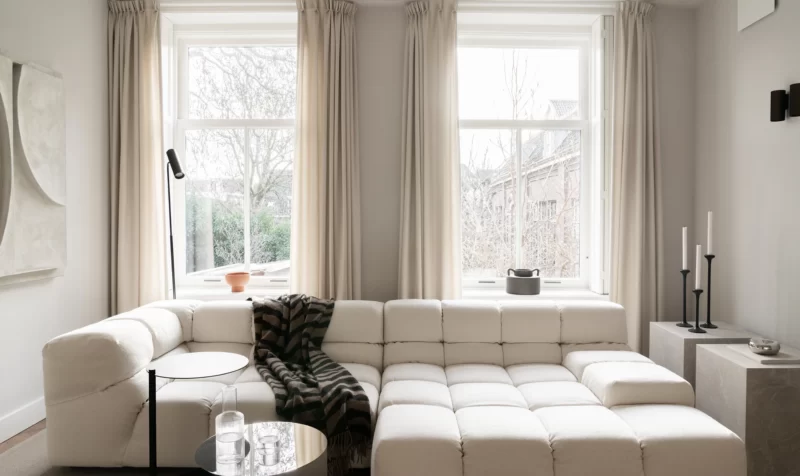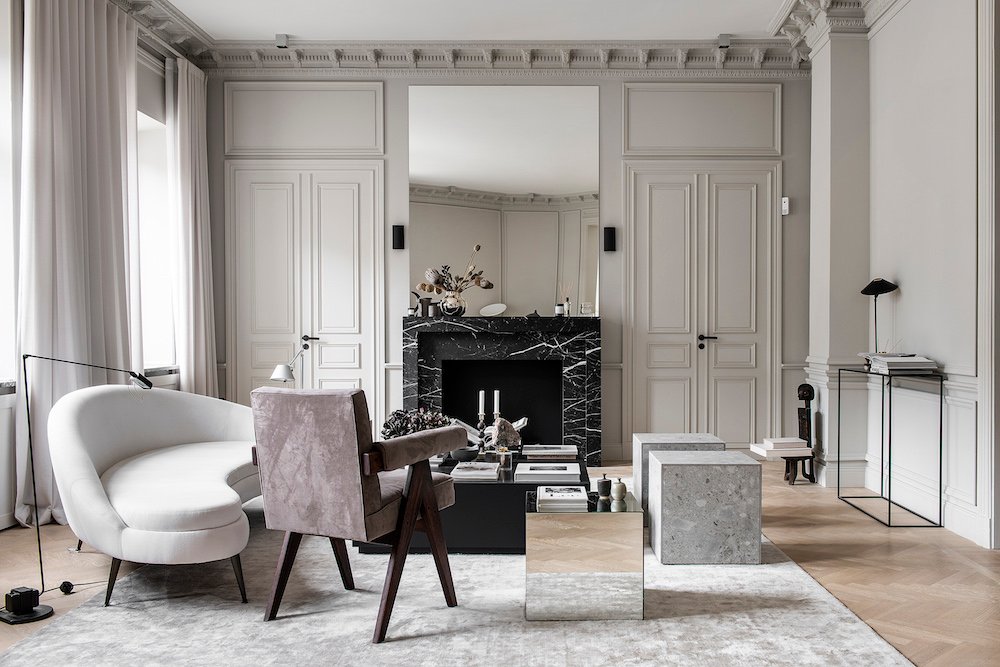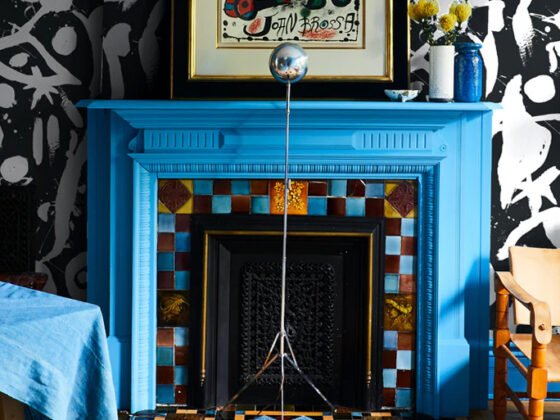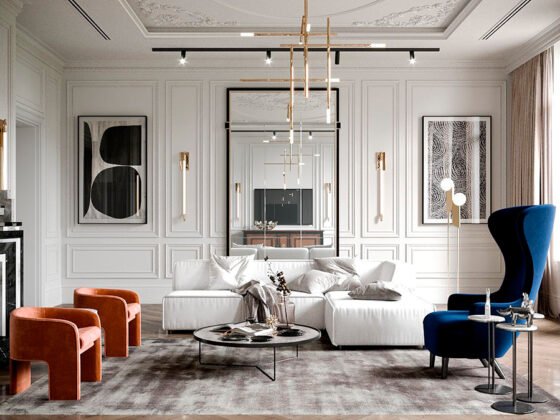In the ever-evolving world of interior design, the contemporary style stands out as a testament to the marriage of innovation and elegance. Rooted in the present moment, this design approach encapsulates the spirit of today’s aesthetic sensibilities, making it a perennial favourite among homeowners and designers alike.
Contemporary interior design is often mistaken for modern design, but there’s a subtle distinction. While modern design is characterized by a specific period – typically the mid-20th century – contemporary design refers to what is “in the moment.” It’s a reflection of the present, capturing the design trends, materials, and innovations of the current time.
Contemporary design gained prominence in the 1970s, marking a shift in home decor towards embracing current trends. The arrival of polished, sleek furniture from Italian designers, along with refined pieces from other European countries, swiftly captivated the American market, igniting a sudden fascination with contemporary interiors. However, it is essential to note that contemporary design is not a rigid or narrowly defined style; its development has been and continues to be influenced by various other home decor styles and ever-evolving trends. Contrary to common misconceptions, contemporary interiors are not characterised by cold sterility but instead exude comfort and sophistication.
This style is directly linked to the present moment, with its primary characteristics mirroring today’s trends, and in ten years might be distinguished by completely different features. What is considered fashionable and popular today may not necessarily endure. Contemporary interior design is a dynamic entity, perpetually evolving and borrowing fresh elements from various periods.
For instance, the contemporary style of today exudes a delicate and unassuming quality, departing from rigid, formal design principles. It is characterized by clean, uncluttered lines and distinctive, unconventional shapes. Emphasis is placed on comfort, functionality, sustainability, and personalized solutions that resonate with the inhabitant’s unique personality.
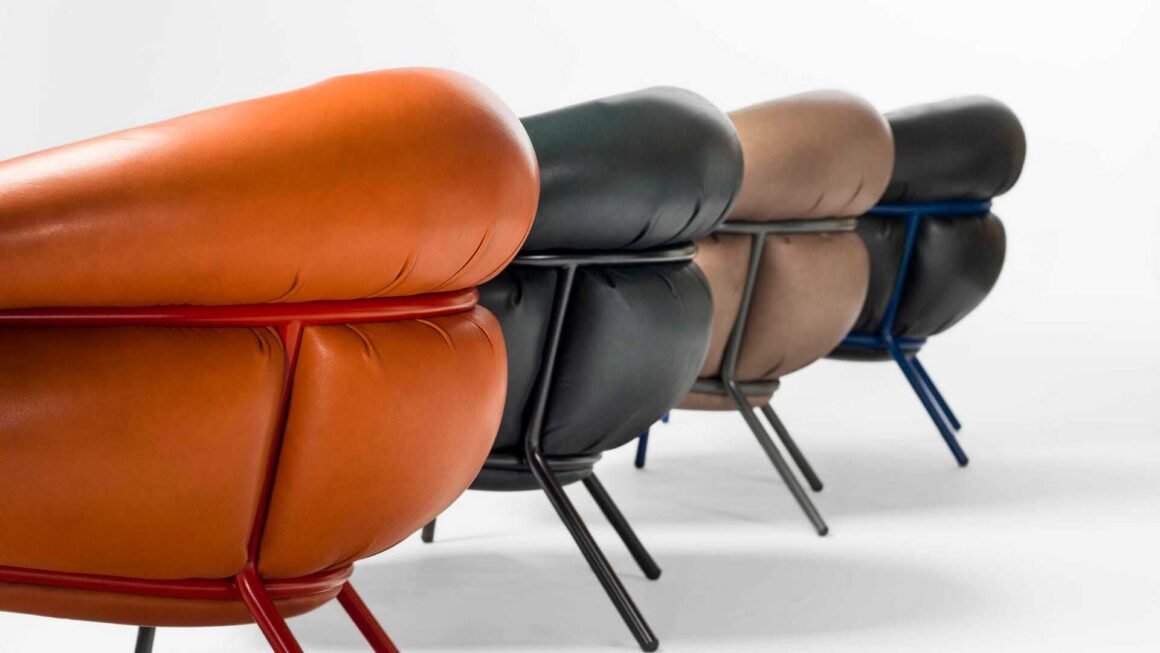
Key Elements of Contemporary Interior Design
- Clean Lines: At the heart of contemporary design are clean, uncluttered lines. Furniture and architectural elements feature crisp, sharp lines that create a sense of order and simplicity in a space.
- Neutral Color Palettes: Contemporary interiors often embrace neutral color schemes, with shades of white, gray, and beige dominating the palette. These colors create a serene and timeless backdrop for other design elements.
- Open and Airy Spaces: Contemporary design prioritizes open floor plans and spacious layouts. It encourages a sense of flow and connection between different areas within a room or home.
- Minimalistic Approach: Less is more in contemporary design. Minimalistic furniture and décor are favored, with an emphasis on functionality and practicality.
- Innovative Materials: Contemporary interiors make use of cutting-edge materials and technologies. You’ll find a variety of materials such as glass, metal, and concrete, often combined in innovative ways to create striking visual effects.
- Bold Art and Accessories: While contemporary design leans towards minimalism, it doesn’t shy away from bold statement pieces. Large artworks and unique accessories can serve as focal points and add personality to the space.
- Natural Light: Maximizing natural light is a common practice in contemporary design. Large windows, skylights, and open spaces allow ample sunlight to flood the interior, creating a bright and welcoming ambiance.
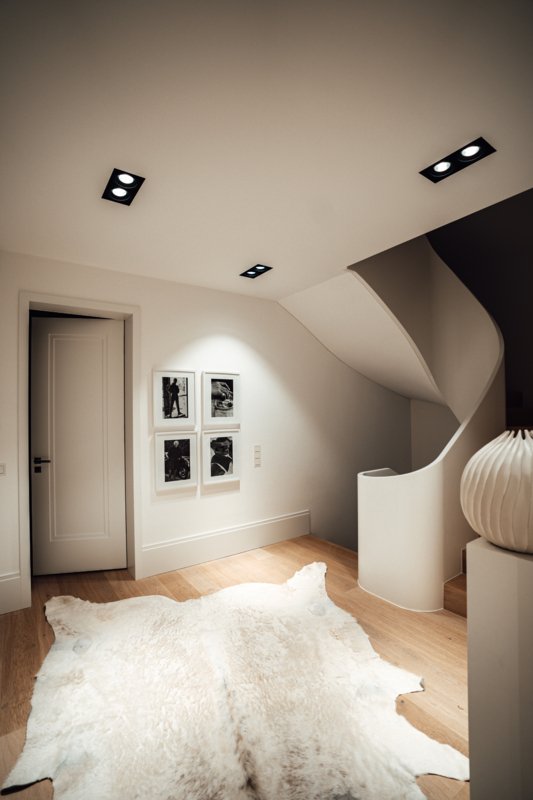
Flexibility and Personalization
One of the most appealing aspects of contemporary interior design is its adaptability. It provides a versatile canvas for homeowners to inject their personality and preferences. Whether you prefer a more industrial, urban look or a softer, transitional feel, contemporary design can accommodate various tastes.
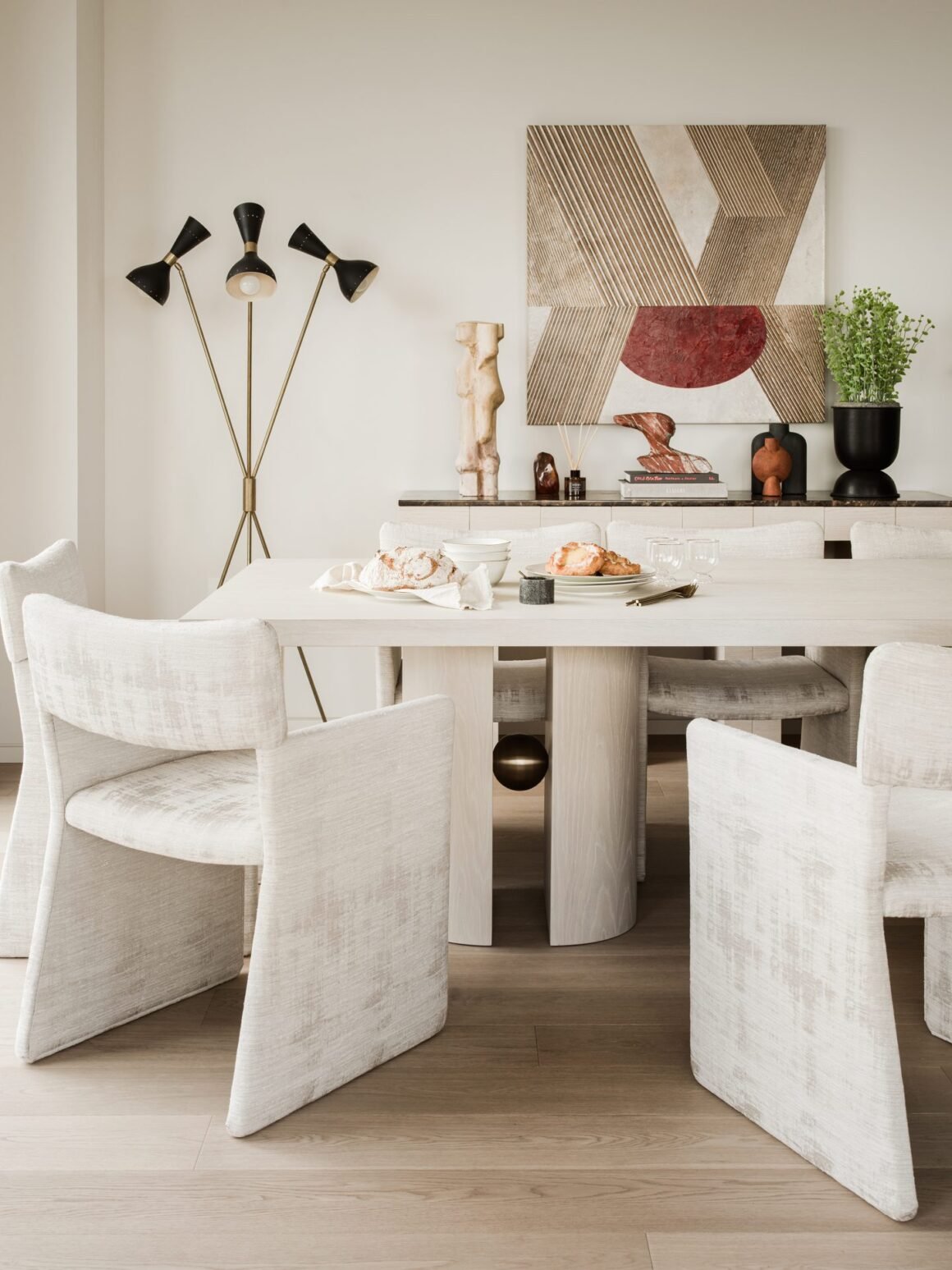
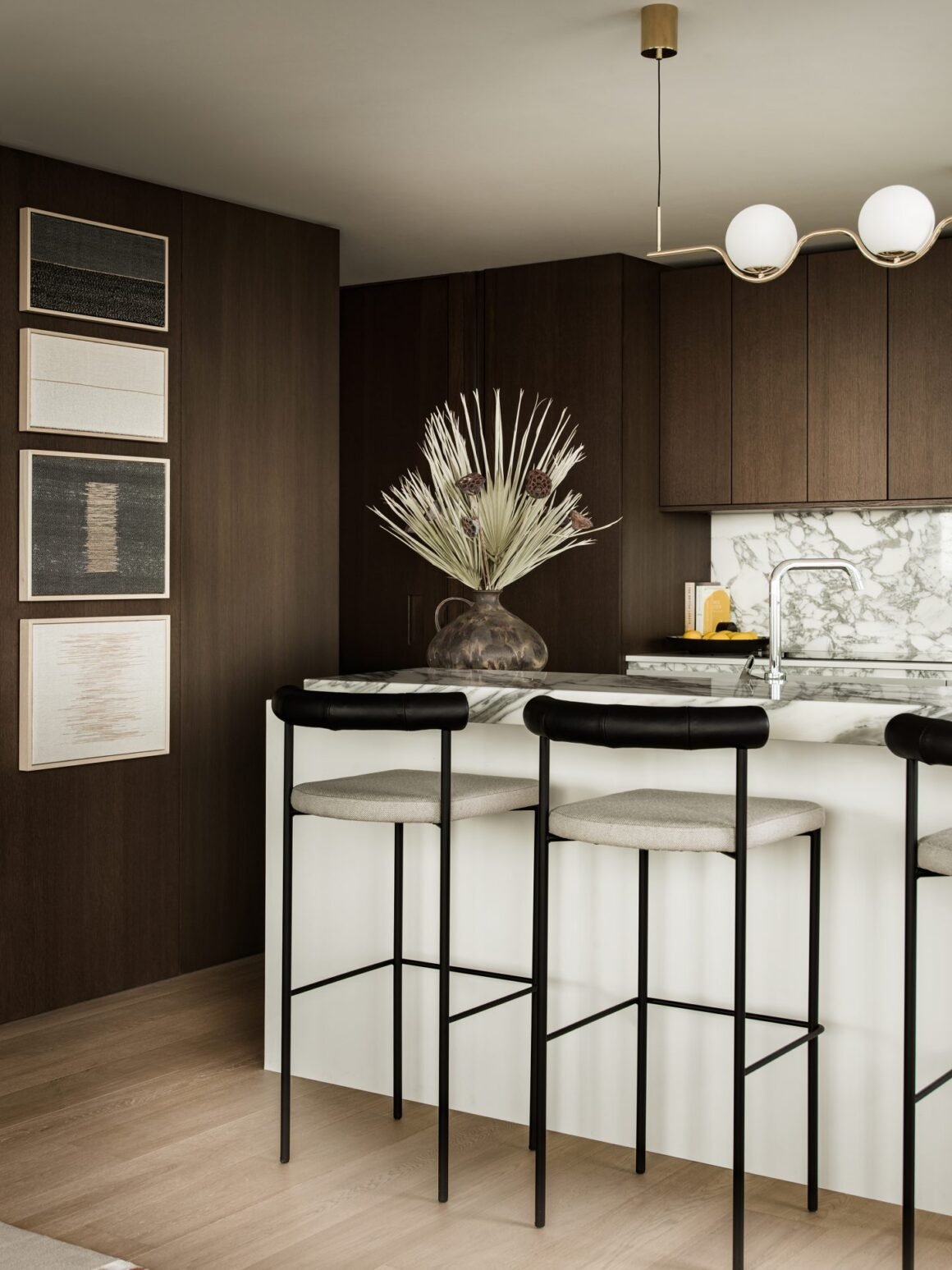
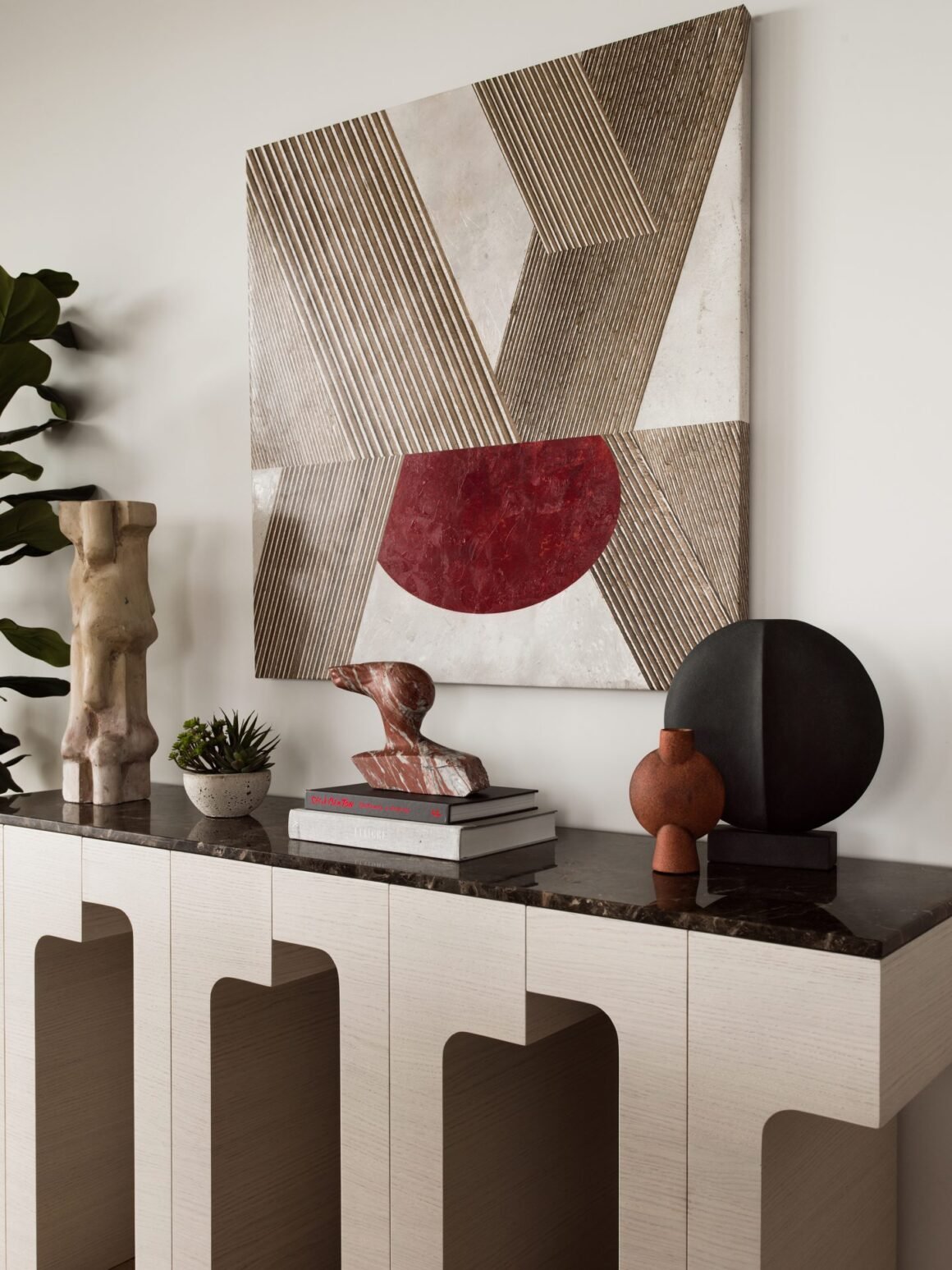
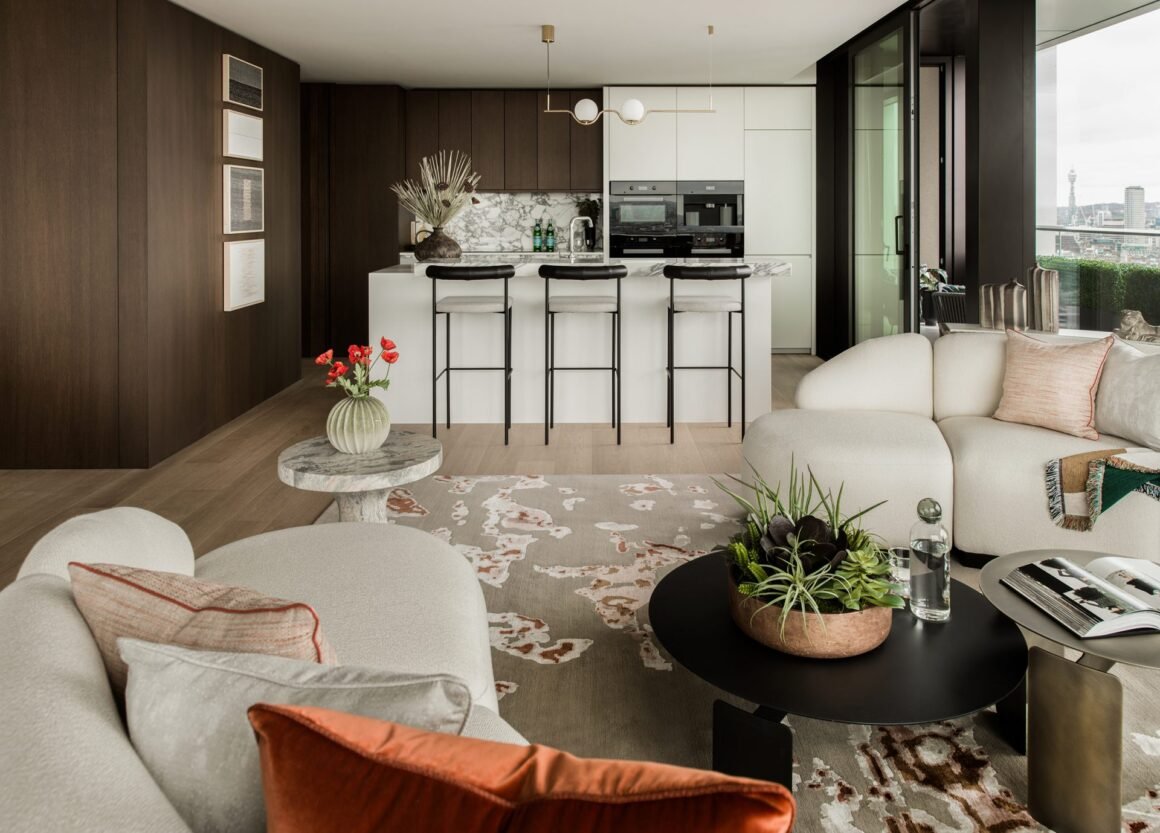
The Role of Technology
Contemporary design is closely intertwined with technological advancements. Smart home technology, integrated sound systems, and energy-efficient solutions are integrated into contemporary interiors, enhancing both aesthetics and functionality. Note, that technological elements should remain discreet within the interior, seamlessly blending into the overall decor of the home.
Sustainability and Eco-Friendliness
In recent years, there has been a growing emphasis on sustainability within contemporary design. Eco-friendly materials, energy-efficient appliances, and sustainable practices are becoming increasingly common in contemporary interior design projects, reflecting society’s commitment to environmental responsibility.
A Timeless Appeal
What makes contemporary design truly enduring is its ability to evolve. As the years pass and new design trends emerge, contemporary interiors effortlessly adapt to incorporate these innovations while maintaining their core principles of clean lines, simplicity, and functionality.
Contemporary interior design is a captivating blend of the present and the future, offering a canvas for creativity, innovation, and individuality. It’s a style that constantly evolves, reflecting the ever-changing tastes and needs of the modern homeowner. Whether you’re drawn to its clean lines, neutral palette, or innovative use of materials, contemporary design invites you to embrace the now while looking toward the possibilities of tomorrow.

